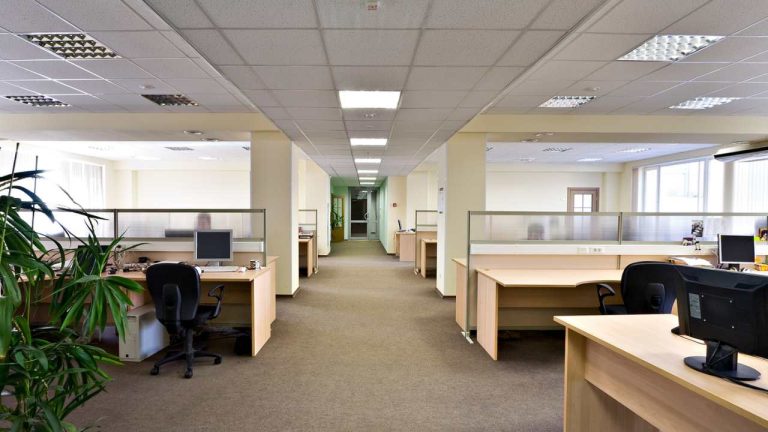Gap Analysis Example for Office Leasing Agents
As the property market shifts and changes, you can learn a lot about the current and upcoming leasing opportunities by doing a gap analysis of your market and location as an agent. In addition, you can find things that can be an opportunity in the future in brokerage activity.
The vacancies are always out there, and the landlords want help in filling those vacancies. Business owners are looking for space and need premises for that. They are the change and churn factors in commercial real estate leasing to work with.
The ‘gap’ in office leasing is where you can provide an essential service or property solution. As part of that process, you will find the tenants and the landlords with a leasing need. Your town or city will have plenty of people needing leasing services. Asking questions is a big part of the process.
Active Clients in Leasing
So, who should you work for in commercial office leasing? Who would or should be your client by type and location? Putting a bit of clarity into those client-based questions will help you with your leasing prospecting.
You can, of course, as an agent, you can act for any landlords or tenants in an investment property leasing transaction. Both are valuable client types in office leasing today. In saying that, always choose a client type by value and potential.
Has the property market changed in office leasing over the last couple of years? Getting an answer to that question is essential. In most towns and cities now, business operations are more ‘mobile’ and remote; therefore, the main office or head office for any business is smaller. You can help with that premises leasing issue.
Changes in Leasing Today
The ‘standard’ office size and location have become more strategic as cost decisions for business owners. The landlords owning office buildings in secondary areas are likely to have a few ongoing vacancy problems as the ‘mobile’ business aspects today consolidate further.
What is happening in the property leasing market now? The leasing of premises is now more selective as business owners look for less space in a high-quality building. The lower grade buildings are becoming more of a leasing problem with higher vacancies.
Business owners will pay the higher rents, but they will lease less space, and their sales force will likely be largely remote. Therefore, the landlords servicing local businesses with property types and vacancies will need to adjust their leasing offering accordingly. Smaller areas are better from a lease offering perspective.

Ways to Build Your Client Base
You can be an agent for landlord leasing services or a tenants agent working as a tenant advocate. Either way, choose the clients who have the reason to use your leasing services and those in the motivated group for current or future leasing requirements.
Understand what a quality leasing transaction would be for you. That assessment would include value, transaction size, and leasing potential. The clients owning the smaller properties are just as much work as those clients owning or occupying the more significant properties.
Scale Leasing Transactions
In many cases, the smaller and seemingly less complex leasing transactions can eventually take more work to lease and bring to finality. Therefore, there is a balance for you to consider as an agent leasing vacant premises, considering the amount of work for the commission potential and eventual payout.
Here are some ideas to help you get your ‘gap analysis’ underway in leasing.
- How much vacancy is there in the property market currently, and how is that changing?
- Are there new properties coming into the leasing market soon to be the catalyst for business and tenant movement?
- What have rents been doing over the last 12 months, and how will that change?
- Is the property market for leasing biased towards the tenants or landlords?
- What are the leasing incentives that tenants look for today when negotiating a lease?
- How can you stand out as the agent of choice in leasing locally?
- Where is your primary leasing market geographically?
So, these questions will help you understand the ‘gap’ in leasing office premises in your location. The clarity of the ‘gap’ will help you grow your real estate leasing business.
Choose Your Ideal Client
Again, I go back to the point that you can work for landlords or tenants in office leasing. In either case, choose your ideal leasing client based on motivation, size of the transaction, and commission potential.
As leasing agents, the value of our services to landlords and tenants remains high, even in this changing market. Get to know plenty of local business owners and tenants in your region to help fill the vacancies in investment properties.
Market yourself to landlords on the depth and variety of local businesses in your database. It is hard for a landlord to ignore that value when they have a vacancy.








